Is Old-School Brick-and-Mortar the Only Cure for DTC Woes?

When Allbirds hit unicorn status in 2018 and announced it had sold the first 1 million pairs of its Wool Runners (in just two years), it seemed to be a harbinger of the future. Here was another direct-to-consumer, digital-first company that had — in the vein of retail darling Warby Parker — garnered a massive consumer following and revenue stream by operating outside the traditional wholesale retail industry.
Countless shoe brands have sought to emulate that trajectory: Rothy’s and Birdies in the women’s fashion space, On and Nobull in the performance athletic market, men’s labels Thursday Boot Co. and Wolf & Shepherd, Western brand Tecovas, work bootmaker Brunt — the list is long and seems to grow daily.
More from Footwear News
Walmart, PVH, Bed Bath & Beyond, and Other Companies Laying Off Staff Amid the Economic Downturn
Retail Intel: Louis Vuitton Opens Men's Store at South Coast Plaza + More News
But in the last quarter, both Allbirds and Warby Parker have enacted notable cost-cutting measures. At Allbirds, that called for laying off 8% of its global workforce in Q2, reducing office space and taking a leaner stance on inventory, as well as streamlining operations.
In a call with investors on Aug. 8, co-CEOs Joey Zwillinger and Tim Brown characterized Allbirds’ “Simplification Initiatives” as a proactive step to drive profitability in 2023.
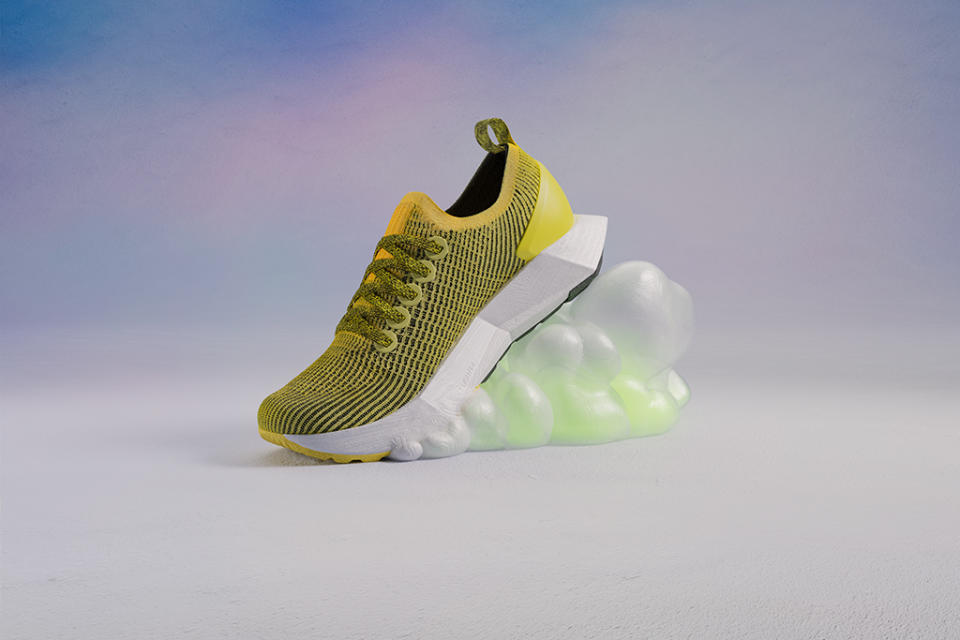
Courtesy of Allbirds
But are there bigger cracks emerging in the DTC channel? And might the solution be a return to old-school brick-and-mortar retail?
The DTC Challenges
The onset of the pandemic in 2020 significantly bolstered the DTC boom. Customers — even those who had been digitally averse — were forced to get comfortable quickly with online shopping, and in the process discovered new labels.
In the past year, though, DTC companies have run headlong into a confluence of issues that are putting the brakes on growth.
Some challenges are not exclusive to the DTC channel. The global supply chain crunch has led to eye-popping costs for everyone, at all levels of shipping and distribution; production delays have created a glut of inventory in the market; and inflation has forced consumers to pull back on discretionary spending.
Jim Duffy, an analyst with Stifel Financial Corp., explained, “Consumer spending has slowed just as this bulge of inventory is arriving in the marketplace. So across the footwear complex, we are seeing a greater incidence of promotion. And that makes it difficult for any of the brands to sell full price.” He added that those factors were a big part of the recent recalibration at Allbirds.
The industry has also been impacted this year by other changes to consumer behavior, namely that Americans are spending again on experiences and they’re returning to retail stores, both of which are bad news for e-commerce players.
And if that isn’t enough, then there are the issues around customer acquisition.
Most DTC brands have built their businesses using targeted advertising on digital apps like Google, Facebook and Instagram. However, the new privacy settings introduced by Apple last year changed the landscape. The company now allows users to choose whether they can be tracked by advertisers, but only about 25% of iPhone users had opted in as of April 2022, according to analytics company Flurry.
“Those privacy changes that Apple made — which are great for humanity and I’m fully in support of them — created a new digital experience for advertisers,” said Todd Meleney, chief marketing officer at Nobull. “The pools of audiences that you can reach through Facebook or Instagram was greatly reduced by those who are opting out of having their behaviors tracked, and that has major implications on digital advertising strategies and the overall direct to consumer online ecosystem.”
He added that brands have been forced to advertise in a more “intelligent way” by targeting smaller groups of consumers. “And that drives up the cost of acquisition,” he said.
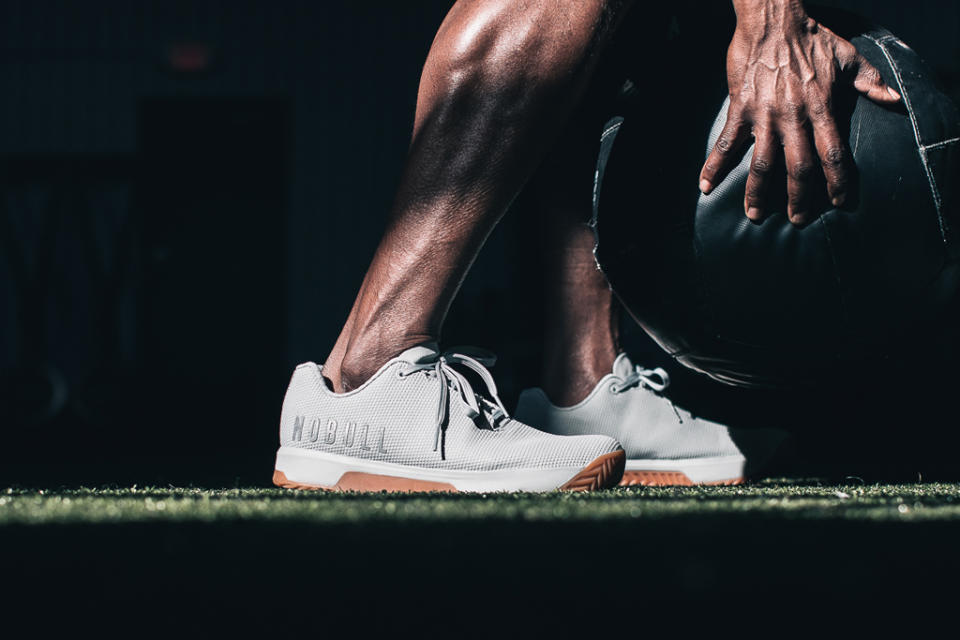
Courtesy of Nobull
Polly Wong, president of DTC marketing agency Belardi Wong, whose client list includes Allbirds, On, Hoka, Birkenstock and dozens of other footwear brands, estimated that the cost of marketing has risen 15% to 20% depending on the channel. “Digital marketing, in particular, is getting more competitive, saturated and promotional — and expensive,” she said.
For example, Wong said that for the past year, her clients have seen challenging results from Facebook due to changes to that platform’s ad targeting and measurements. “There are months where we’ve seen overall client spending on Facebook up over 20%, but actual sales on Facebook down year-over-year,” she said.
As a result, Wong said, companies are activating more marketing channels, such as testing connected TV (CTV) ads on streaming apps or leaning into newer platforms like TikTok. And direct mail is having a resurgence. “Definitely we’re seeing an incredible amount of success with direct mail and catalogs,” she said.
DTCs & VCs
At the same time that DTC businesses are grappling with higher expenses, their ability to raise money is also challenged.
In the second quarter of this year, venture capital funding decreased 23% from Q1, with $108.5 billion raised across 7,651 deals, according to a report from CB Insights. That was the biggest quarterly percentage drop in deals in a decade and the second-largest drop in funding.
The slowdown is the result of numerous economic concerns, including inflation and rising interest rates, as well as falling tech stocks on Wall Street.
“You feel the shift, and I think it’s just going to get harder going forward,” said Wes Felix, who co-founded the Saysh sneaker brand with his sister, Olympian Allyson Felix, in June 2021. Last month, Saysh announced it raised $8 million in a Series A round that was led by specialist consumer fund IRIS and the Gap Inc.-owned Athleta brand, along with Redpoint Ventures and Springbank Collective.
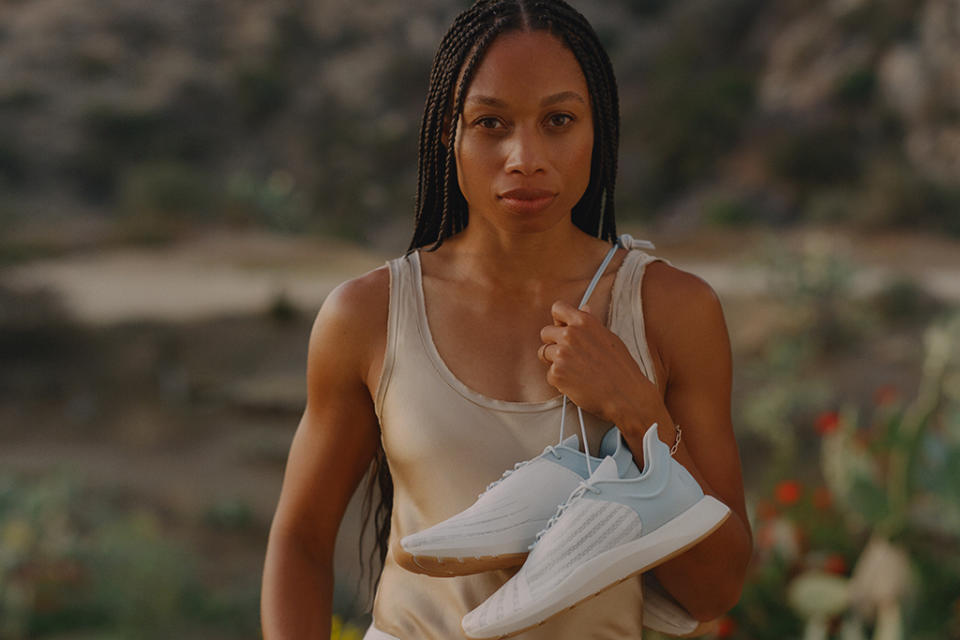
Courtesy of Saysh
“We were really fortunate because we have a strong story, we have a strong brand and we’re in a unique position as a direct-to-consumer company,” said Wes Felix. “But you could definitely feel the shift throughout the process.”
He predicted that VCs will continue to be cautious in the near term, making the next six to 12 months challenging for fundraising. “That changes how aggressive you want to be and the level of risk you want to take,” Felix said. “Instead of it being, ‘OK, we can always raise a Series B in 12 months,’ now, that’s not as easy of a thing to say. So we’re making sure that we’re being really strategic and conservative and kind of settling in for a long winter year.”
Not all DTC brands will suffer equally in the VC slump, though. Allbirds and On are both publicly traded. Others have taken on partners with deep pockets, such as Rothy’s, which last year sold a 49.9% stake to Brazil-based Alpargatas SA. And as part of Saysh’s Series A, Gap Inc. acquired an equity stake in the brand.
As for Nobull, Meleney said the company has been profitable since its launch so has never engaged in fundraising.
Neither has Kuru, an online-only brand founded in 2009 by Bret Rasmussen that offers health and comfort-based shoes. Rasmussen credits its success in part to its niche focus and also to a conservative growth strategy that was honed in the Great Recession. “A bunch of venture-backed companies are laying off 20, 30, 40% of their employees right now. And we haven’t had to do any of that, nor do we anticipate having to do that,” he said.
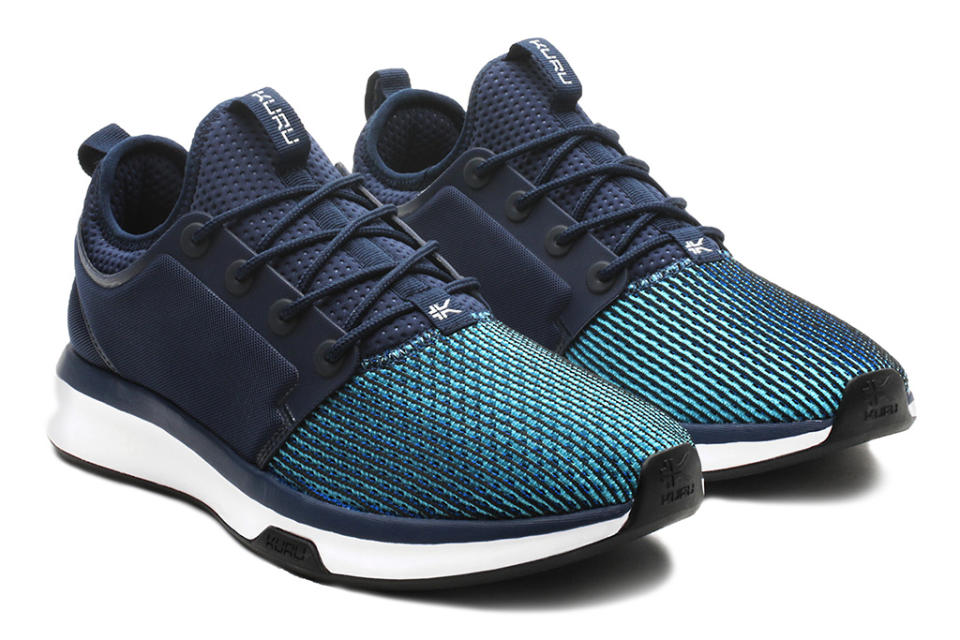
Kuru
The Future of DTC
Faced with financial burdens and an ever-shifting consumer landscape, footwear brands across the board are pivoting to diversify their businesses.
For many digital-first players that has meant venturing into brick-and-mortar by prioritizing branded stores or adding wholesale accounts.
Allbirds, for instance, opened seven brand locations in Q2, bringing its door total to 46 as of June 30. As for wholesaling, Zwillinger said on the earnings call this week, “While it’s still early days for our third-party distribution strategy, we have established initial partnerships with marquee retailers, including Nordstrom, Zalando, Public Lands and Scheels, all of which are off to a strong start.”
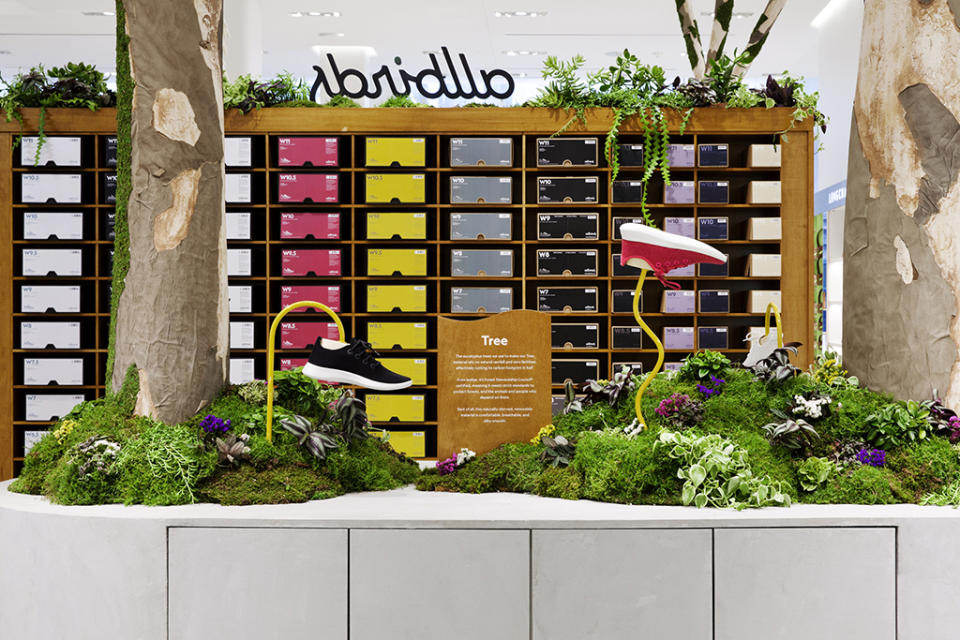
Connie Zhou for Nordstrom
The On brand, meanwhile, has established a robust omnichannel strategy that’s been paying off in this uneven retail cycle. In the second quarter ended June 30, for instance, it saw gains across the board, with wholesale revenue growing 70.1% and DTC increasing 60.8%. As of Q2, its direct channels made up only 36.2% of net sales and had decreased from the same period last year. Major wholesale partners in North America include REI, Nordstrom, Foot Locker, JD Sports and Dick’s Sporting Goods.
“The truth is that most footwear sales are still in physical stores, and you’re missing out on more than half the market if you don’t sell in physical stores,” said Wong. “At this point, if you want to achieve any kind of scalable growth, that is probably going to be a big challenge that I wouldn’t want to be pitching to investors.”
Duffy agreed, pointing out that third-party retailers can help broaden a customer base. “Brand awareness for Allbirds is still remarkably low — as of last year’s IPO filing, unaided brand awareness was just 11%,” he said. “So it is an opportunity for them to reach it a different set of consumers.”
And with the higher costs for marketing, that’s increasingly appealing to startup brands. Felix said that Saysh is looking to build a strong roster of retail partners, after already linking up with Athleta and Kith. And in May, Bala Footwear, a digital-native sneaker brand that launched in 2019 to cater to nurses, evolved its retail strategy to add its first wholesale accounts.
But not everyone is as sold on an omnichannel strategy.
“We don’t have plans to go into wholesale now,” said Nobull’s Meleney. “It’s something we’re always evaluating — what is the best way to reach our consumer — but we’re in a category that has been dominated by really traditional Goliath brands that have huge wholesale distribution.”
Instead Nobull has taken other routes to grow sales and awareness. After establishing a following in the CrossFit community with its training sneakers, the brand has since branched out with shoes for indoor cycling, running and golf. That’s given it permission to also ink high-profile partnerships with groups like the PGA Tour and the New England Patriots.

Courtesy of Nobull
Similarly, Kuru sells almost 100% through its e-commerce site and has no plans to diversify its distribution at this time. “There are a lot of interesting things happening with direct-to-consumer brands exploring a physical retail presence, but we haven’t made any decisions around that,” said Rasmussen.
He added, “We still feel like there’s a lot of runway through our web channel. There’s over 3 million people in America diagnosed each year with plantar fasciitis — not to mention all the other foot health conditions. There’s just so much opportunity to reach that customer through whatever direct channels there are, whether it’s online or catalog mailers, direct mail or TV commercials. We haven’t even scratched the surface of it yet.”
Best of Footwear News
Sign up for FN's Newsletter. For the latest news, follow us on Facebook, Twitter, and Instagram.
